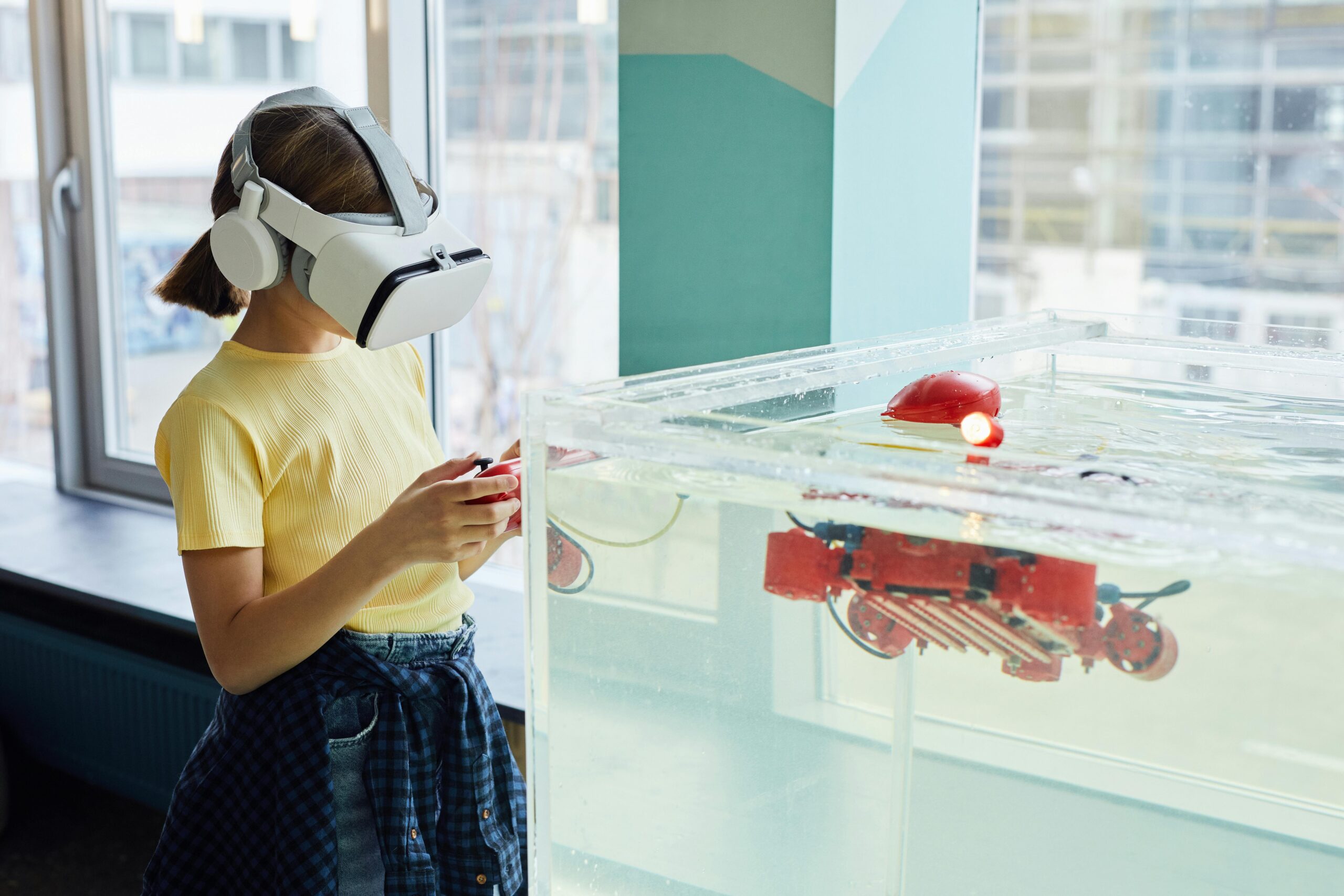Shopping has evolved far beyond traditional brick-and-mortar stores. By 2025, artificial intelligence (AI), augmented reality (AR), and immersive technologies are reshaping the way consumers discover, explore, and purchase products. These innovations are not only enhancing convenience but also transforming shopping into a personalized and interactive experience.
1. AI-Powered Shopping Experiences
1.1 Personalized Recommendations
-
AI algorithms analyze browsing history, purchase patterns, and preferences to suggest products tailored to each consumer.
-
Example: E-commerce platforms recommending items based on past purchases or trending products.
1.2 Chatbots and Virtual Assistants
-
AI-powered chatbots provide instant support, product guidance, and checkout assistance.
-
Virtual assistants like Siri, Alexa, and Google Assistant help with product searches, reminders, and price comparisons.
1.3 Inventory and Price Optimization
-
AI predicts demand trends, ensuring popular items remain in stock and prices are competitive.
-
Dynamic pricing algorithms allow shoppers to find the best deals in real-time.
Graph: AI Applications in E-Commerce (2025)
| AI Application | Usage (%) |
|---|---|
| Personalized Recommendations | 40 |
| Chatbots & Virtual Assistants | 25 |
| Inventory Management & Pricing | 20 |
| Fraud Detection & Security | 15 |
2. Augmented Reality (AR) in Shopping
2.1 Virtual Try-Ons
-
AR allows consumers to try clothes, shoes, or accessories virtually without leaving home.
-
Makeup and eyewear brands offer AR apps for realistic previews.
2.2 Home Visualization
-
Furniture and home décor can be placed virtually in living spaces to see size, color, and style fit.
-
Example: IKEA Place app and similar tools.
2.3 Interactive Product Displays
-
AR-enabled product manuals, QR codes, or packaging offer interactive experiences, including tutorials and reviews.
3. Immersive Shopping Experiences
3.1 Virtual Reality Stores
-
VR enables shoppers to explore virtual stores, browse shelves, and interact with products as if they were physically present.
3.2 Gamified Shopping
-
Incorporates games, challenges, and rewards into the shopping process to make it engaging and fun.
-
Example: Completing a virtual scavenger hunt for discounts or exclusive products.
3.3 Social and Collaborative Shopping
-
Immersive platforms allow friends and family to shop together virtually, share opinions, and make joint decisions.
4. Benefits of AI, AR, and Immersive Technologies
-
Personalization: Tailored product suggestions save time and improve satisfaction.
-
Visualization: AR reduces uncertainty by showing products in real-world contexts.
-
Convenience: AI-powered assistants streamline the shopping process.
-
Engagement: Gamified and immersive experiences make shopping enjoyable.
-
Informed Decisions: Interactive demos, virtual try-ons, and reviews enhance confidence in purchases.
Graph: Consumer Benefits from Emerging Shopping Technologies
| Benefit | Impact (%) |
|---|---|
| Personalization | 30 |
| Visualization & Preview | 25 |
| Convenience | 20 |
| Engagement & Fun | 15 |
| Informed Decision-Making | 10 |
5. Challenges and Considerations
-
Technology Adoption: Some consumers may be hesitant to embrace AR/VR shopping.
-
Data Privacy: AI and immersive technologies require personal data, which must be securely managed.
-
Cost of Implementation: Retailers must invest in hardware, software, and staff training.
-
Device Compatibility: Ensuring apps and AR experiences work across various smartphones and VR headsets.
6. Tips for Shoppers Using Emerging Technologies
-
Explore AR and VR apps before major purchases to visualize items.
-
Leverage AI recommendations, but cross-check with reviews and specs.
-
Use secure platforms to protect personal and payment information.
-
Look for immersive deals and gamified experiences to unlock additional discounts.
-
Stay informed about technology updates, as features and capabilities evolve rapidly.
7. Conclusion
The future of shopping in 2025 is immersive, intelligent, and highly personalized. With AI, AR, and virtual experiences, consumers enjoy a blend of convenience, engagement, and informed decision-making.
Key takeaways:
-
AI provides personalized recommendations and efficient shopping assistance.
-
AR enables virtual try-ons, home visualization, and interactive product exploration.
-
Immersive experiences like VR stores and gamification make shopping engaging and collaborative.
By embracing these technologies, shoppers and retailers alike can unlock the full potential of the digital shopping era, making each purchase more enjoyable, confident, and tailored to individual needs.






Leave a Reply